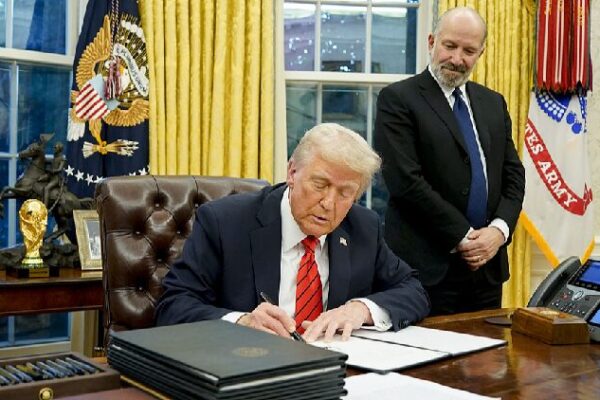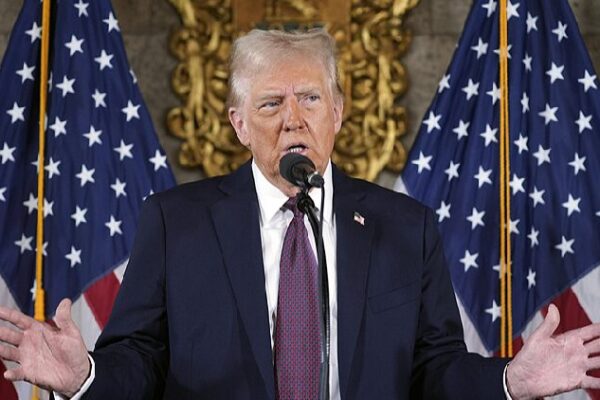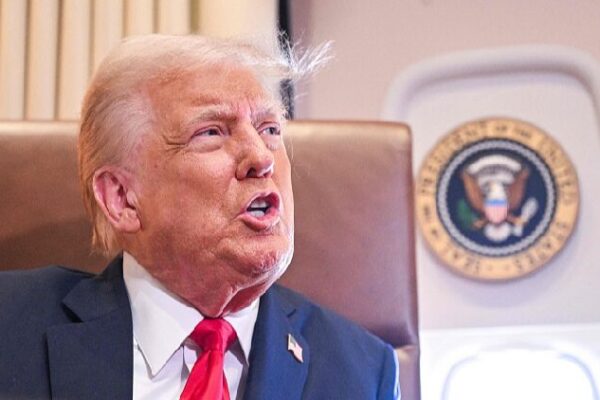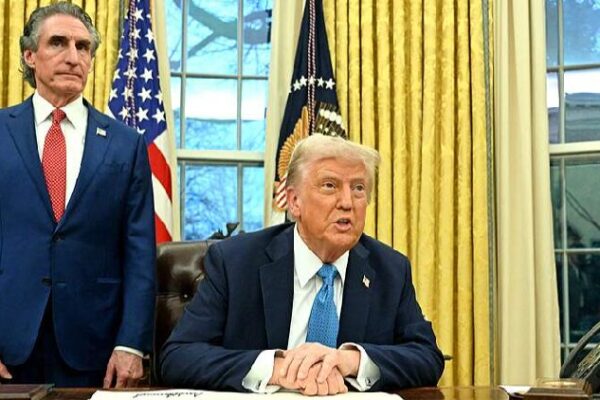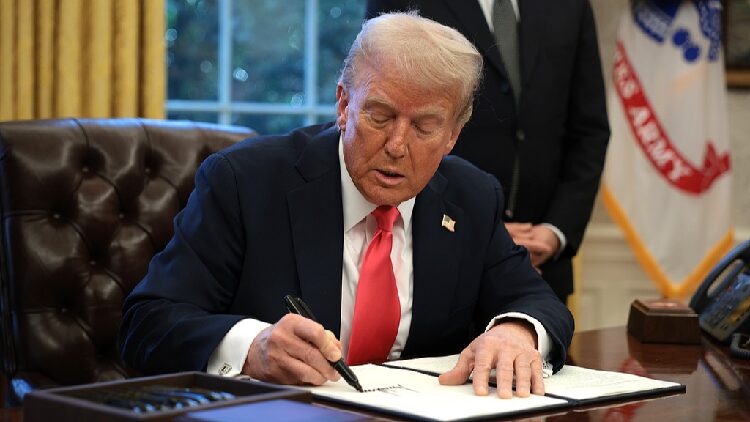President Trump’s recent wave of tariffs has sent ripples through global markets, but experts believe that world trade and the multilateral trading system remain resilient.
In early 2025, President Donald Trump initiated sweeping tariffs on imports, including a 25% tariff on goods from Canada and Mexico and a 10% tariff on imports from China. He expanded these measures to include steel and aluminum, and hinted at a 25% levy on automotive imports.
These actions sparked strong opposition from countries around the world. China, Canada, Mexico, and the European Union voiced their concerns, with the European Commission threatening retaliation. U.S. Senate Minority Leader Charles Schumer criticized the approach as “the most foolish trade war in history.”
Challenges to the WTO
Trump’s tariffs pose significant challenges to the World Trade Organization (WTO) and its principles of non-discriminatory trade and unconditional Most-Favored-Nation treatment. By implementing “reciprocal tariffs,” the U.S. deviates from WTO guidelines, which could undermine global trade stability.
Questionable Justifications
The justifications for these tariffs have been met with skepticism:
- Immigration and Fentanyl: Linking tariffs to issues like illegal immigration and drug control lacks direct correlation with trade policies.
- Protecting U.S. Industry: Previous tariffs did not significantly boost American industries, with manufacturing growth remaining sluggish.
- Reducing Trade Deficit: Despite earlier tariffs, the U.S. trade deficit has continued to grow.
- Fair Trade: The concept of “reciprocal tariffs” contradicts WTO principles and might be seen as unilateral action.
Economic Impact
The tariffs could have several economic consequences:
- Increased Costs: Tariffs are typically paid by importers, leading to higher costs for consumers and manufacturers.
- Financial Burden: Estimates suggest that the trade war could cost each American family around $1,200 annually.
- Trade Decline: Retaliatory measures could lead to a significant drop in U.S. imports and exports, reminiscent of historical trade collapses.
Resilience of Global Trade
Despite these challenges, the global trading system shows strength:
- Global Participation: The U.S. accounts for about 13% of global trade, meaning the majority of international trade remains unaffected by U.S. tariffs.
- WTO Support: The vast majority of the 164 WTO members continue to uphold the organization’s rules and mechanisms.
- Trade Growth: In 2023, global trade reached a record $30.4 trillion, with significant contributions from emerging economies.
While President Trump’s tariff measures present hurdles, they are unlikely to shatter the foundations of the WTO or halt the progress of world trade. The resilience of the global economy and the commitment of nations to multilateral cooperation suggest that international trade will continue to thrive.
Reference(s):
cgtn.com

